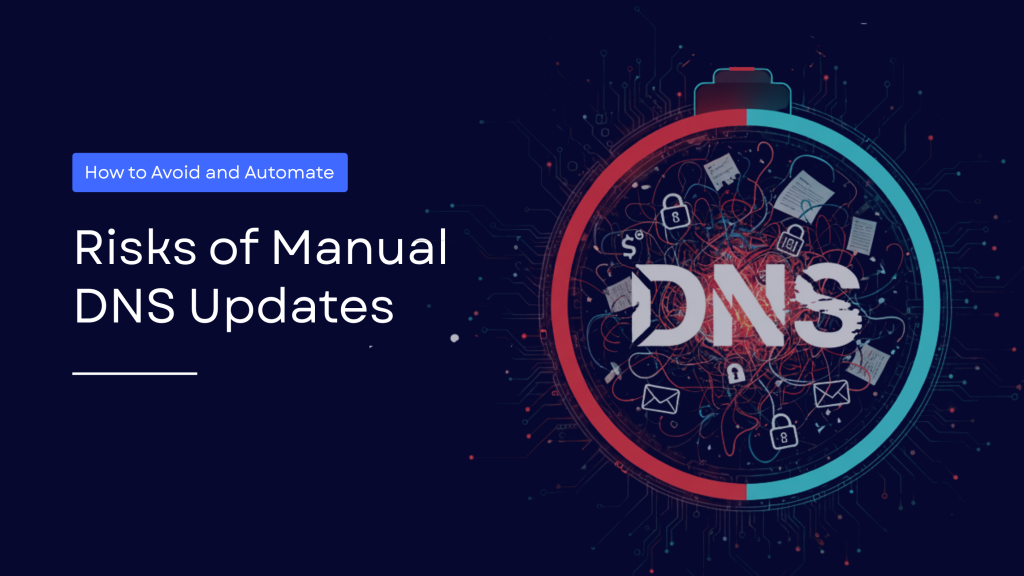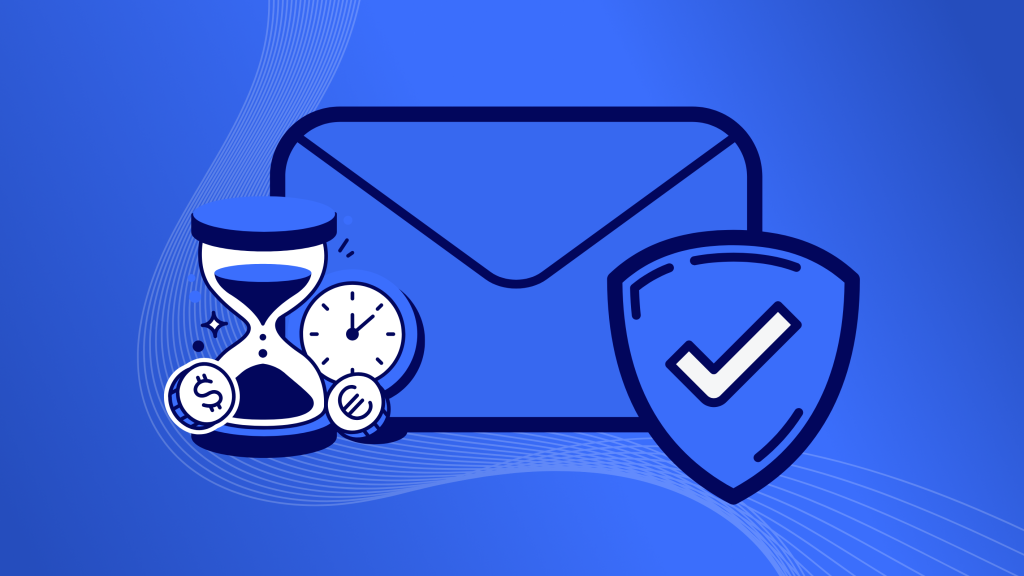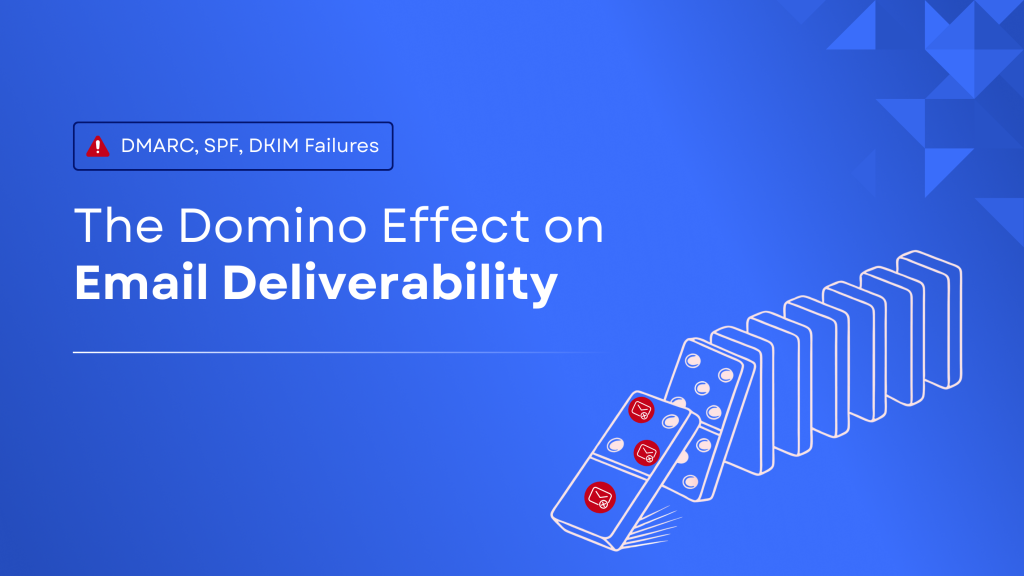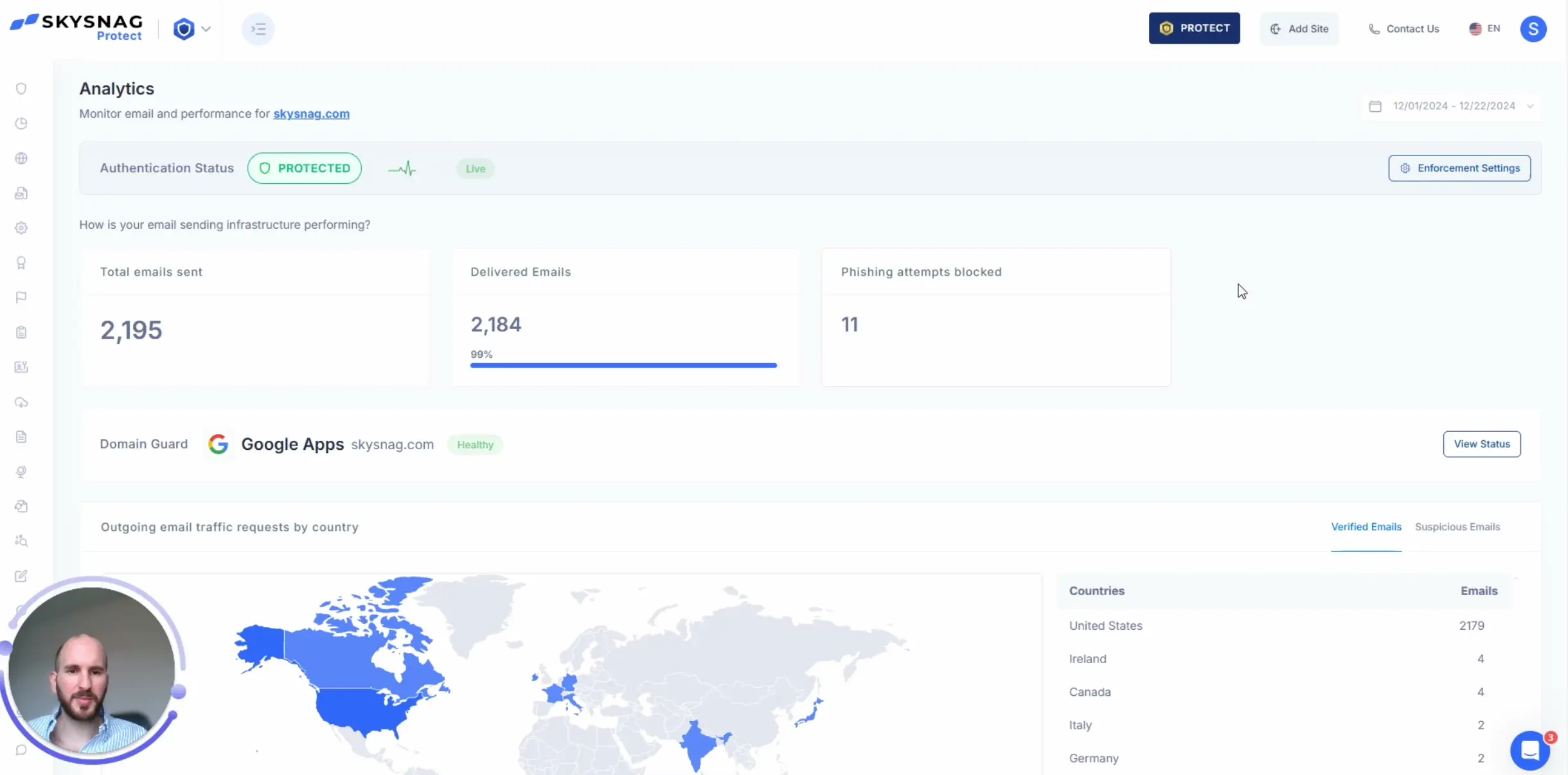Who is a bulk email sender? Are you classified as one?
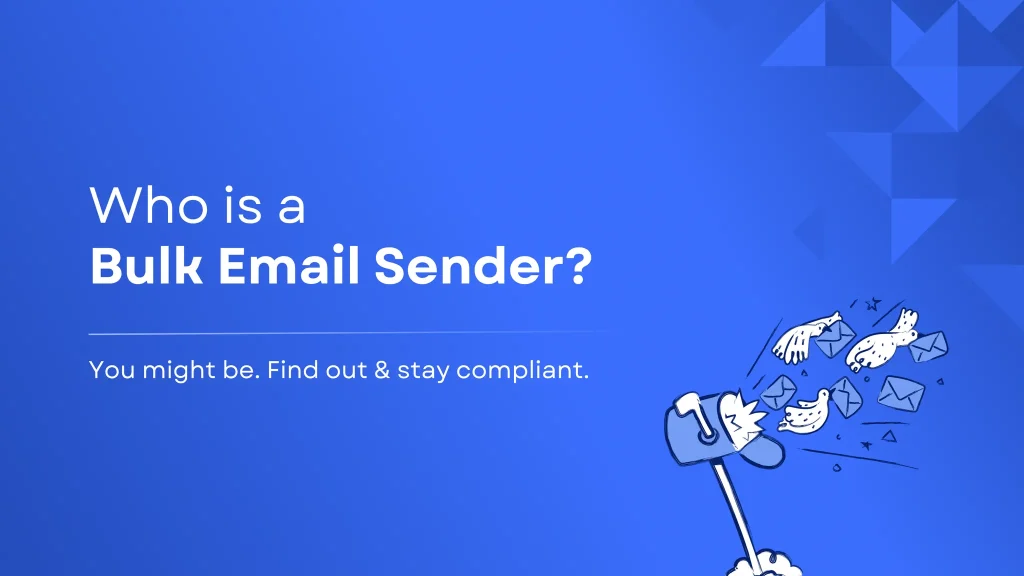
In 2024 and 2025, email giants Google, Yahoo, and now Microsoft have aligned around a common goal: making inboxes safer and more efficient. One of the biggest shifts? Tighter sender requirements for bulk senders.
Google’s guidelines originally applied to “bulk senders,” but they’ve since updated the terminology to simply “email senders.” However, while Google’s requirements apply to all email senders, there are more stringent conditions for bulk senders that meet certain classifications.
If your business sends large volumes of emails – marketing, transactional, or otherwise – you need to pay attention. These changes affect email deliverability, reputation, and security, and failure to comply could result in your emails being rejected or sent to spam.
Who Is Considered a Bulk Sender?
You are classified as a bulk sender if you send more than 5,000 emails per day to Gmail, Yahoo Mail, or Outlook.com (Microsoft) addresses. This includes:
- Marketing campaigns
- Transactional emails (e.g., receipts, confirmations)
- Newsletters
- System notifications
Even if you use an email platform like SendGrid, Mailchimp, or Klaviyo, your domain is still responsible for meeting these email sender requirements.
Why Does the Bulk Sender Classification Matter?
The bulk sender designation triggers a higher level of scrutiny from mailbox providers. It means your domain has the potential to:
- Impact a large number of users
- Be targeted or spoofed in phishing attacks
- Generate user complaints if practices are not compliant
To protect their users, Google, Yahoo, and Microsoft now require bulk senders to meet stricter authentication and deliverability standards.
Check your compliance in secondsWhat Should You Do If You Are a Bulk Sender?
If you’re sending more than 5,000 emails a day, here’s what you must do to comply:
Implement Strong Email Authentication
You must publish the following DNS records for your sending domain:
- SPF: Defines who is authorized to send on your behalf.
- DKIM: Adds a cryptographic signature to validate message integrity.
- DMARC: Aligns SPF and DKIM, and tells mailbox providers how to handle unauthenticated emails.
A DMARC policy of at least p=none is now a minimum requirement for all senders, but quarantine or reject is strongly encouraged for full protection.
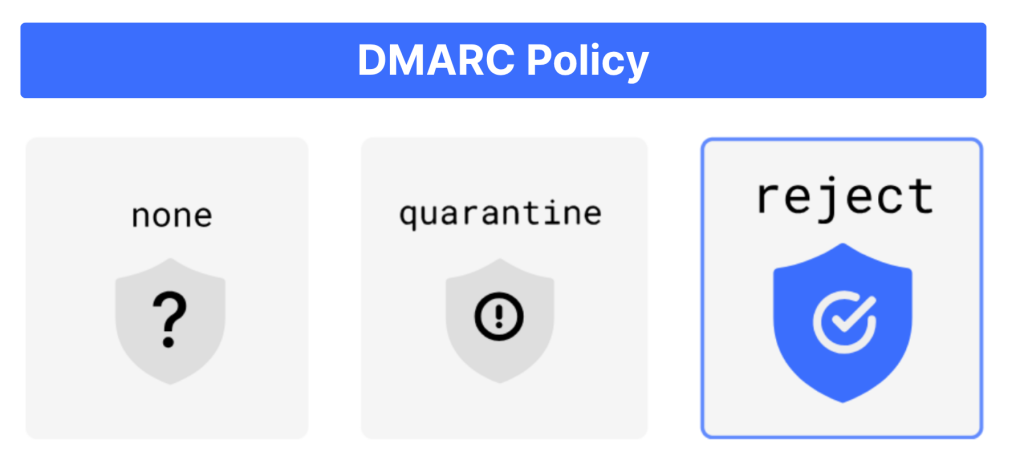
Include One-Click Unsubscribe
Transparency builds trust, and trust drives engagement. To show you value a positive email experience, your marketing and promotional emails must:
- Support List-Unsubscribe headers
- Honor unsubscribe requests within 2 days
Google requires a one-click unsubscribe link per RFC 8058.
Encryption
Protect sensitive data and earn your recipients’ trust by using secure email encryption. Google requires that you “use a TLS connection for transmitting email.”
TLS encryption not only boosts email security, it also improves deliverability, strengthens your brand reputation, and helps create a more reliable experience for your audience.
Meeting these requirements often requires collaboration between IT and marketing teams. Not sure how to start the conversation? Use our free email template to open the dialogue.
Maintain Low Spam Complaint Rates
Mailbox providers will flag senders with a spam rate above 0.3%. Senders should keep their spam rate is below 0.1% (1 complaint per 1,000 emails) and that it never exceeds 0.3% (3 complaints per 1,000 emails).
How Skysnag Can Help
At Skysnag, we specialize in helping organizations meet and maintain compliance with evolving email standards.
Here’s how we help bulk senders:
- Automated DMARC, SPF, DKIM, MTA-STS, TLS-RPT, and BIMI Setup We simplify complex DNS configurations so you can authenticate your emails with confidence.
- Real-Time Monitoring and Reports Get visibility into who’s sending on your behalf and stop domain abuse in its tracks.
- Deliverability Optimization We help you move beyond compliance to improve inbox placement and protect your sender reputation.
- Lookalike Domain Protection Prevent brand impersonation by monitoring and blocking spoofed domains.
Sign up now and try it free or get a domain health report in under 30 seconds.

